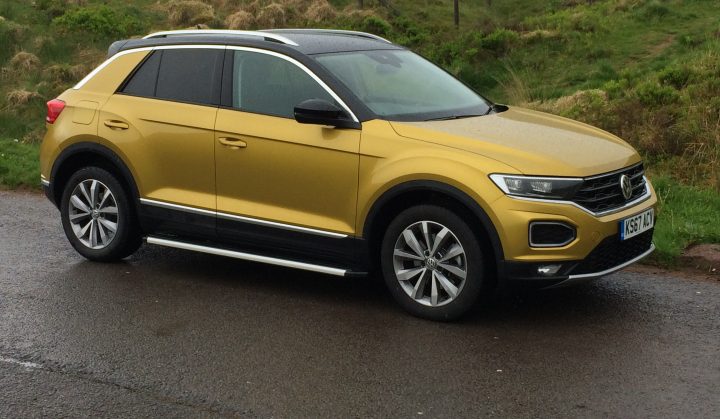The European car market is more dynamic than ever before, recording its best H1 performance of the century,reports analyst firm JATO.
There were 8.6 million car registrations between January and June – a year on year increase of 2.7%. Despite uncertainty in the UK, where the market was down 6.3% on H1 2017, the growth recorded in Germany, France and Spain allowed the overall market to keep growing.
But it was the positive economic situation across the continent that boosted results, as midsize markets like the Netherlands, Poland and Sweden all posted increases, and smaller markets like Hungary, Greece, Romania, Croatia and Lithuania similarly posted significant increases.
The growth is also a result of car makers continuing to launch new models – giving consumers more choice than ever before. “It was certainly a good first half for the European market and this is due to the choice that consumers now have.
Car makers continue to update and modernise their traditional models, while the range of SUVs on offer continues to grow and appeal to all kinds of budgets and needs.The diesel crisis certainly affected the speed of growth in the market, but consumers are overcoming this by turning to more attractive gasoline and AFV solutions,” explains Felipe Munoz, JATO’s global analyst.
| The diesel decline continued during the first six months of 2018, as registrations were down by 17%. The fuel type accounted for just 37% of the total market – its lowest share since 2001. Diesel’s biggest declines took place in Norway (-32%), the UK (-30%), Slovenia (-28%), Finland (-20%) and Belgium (-20%). Alternative Fuelled Vehicles performed well, as electrics, hybrids and plug-ins posted an increase of 31% and recorded 450,200 registrations, making up 5.4% of total registrations. They accounted for 56% of the total market in Norway, 13% in Finland and 11% in Sweden. However, AFVs only made up 3.4% of the German market.There were 2.92 million SUV registrations in H1 2018, a result that marks the best-ever performance for the segment in Europe. SUVs grew by 24% in H1 and by 30% in June, signifying that the boom won’t be slowing down anytime soon.Most of the growth in H1 was driven by the small SUV sub-segment, which saw a record 1.08 million registrations. | Compact SUVs and midsize SUVs also posted increases and contributed to the result, recording 1.24 million and 455,400 registrations, respectively. Only large SUVs saw a decrease, recording a 9% decline to 141,000 registrations.Consumers continued to shift towards SUVs at the expense of traditional cars, as registrations for cars (ranging from city-cars to luxury cars) fell by almost 4% to 4.85 million. Subcompacts recorded the highest volume with 1.77 million registrations, but this was still a year on year decline of 2%.Meanwhile compacts recorded 1.55 million registrations but recorded a decline of 5%. However, the biggest victim of the SUV boom was the MPV segment, which saw registrations down by 23% to just 532,600 – one of the lowest results of the last ten years. The VW Group was once again the top-selling carmaker in Europe, but for the first time also became the top-selling SUV maker. “The VW Group is making the most of the positive landscape created by SUVs. Although the VW brand arrived late to the segment, the impressive and large array of SUVs they are offering the market is paying off. As expected, the T-Roc is hugely successful and is fast becoming one of the top- selling cars in Europe. |


